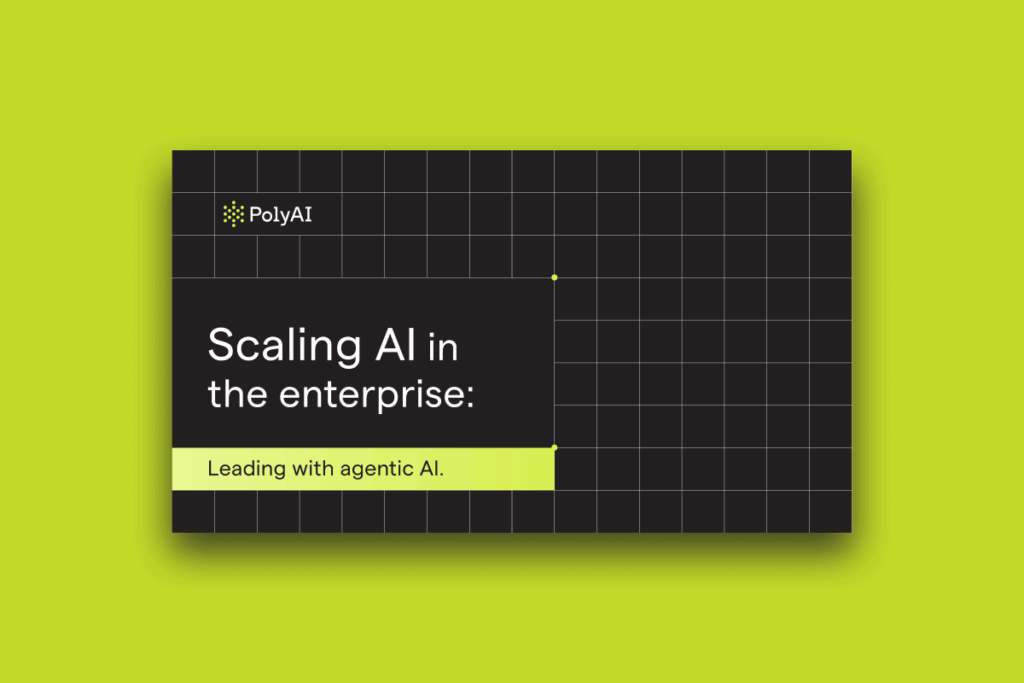This article recaps a recent episode of Deep Learning with PolyAI. Enjoy this and other episodes here.
Artificial Intelligence (AI) has become a buzzword in modern technology, but with its rise, a new phenomenon has emerged: AI washing involves companies exaggerating their investment in artificial intelligence to appear more cutting-edge and innovative than they truly are.
With the increasing pressure for businesses to innovate, it’s no wonder many are eager to claim they have AI-powered solutions in their arsenal.
Identifying genuine AI applications
So, how can consumers and businesses navigate the sea of AI claims and identify genuine AI-powered products? It often comes down to understanding the underlying technology and its integration into a product or service. While some companies genuinely incorporate AI into their core offerings, others may simply put an “AI-powered” label on their products without substantial AI integration.
Companies that are genuinely AI-driven will have a clear understanding of how AI enhances their products and can showcase specific use cases, implementation strategies, and measurable outcomes rather than relying solely on buzzwords.
Challenges and pitfalls of AI integration
While AI holds immense potential, its integration comes with challenges. Building and deploying AI-powered solutions require substantial expertise, resources, and infrastructure.
Many companies overestimate their ability to implement AI effectively, leading to inflated claims and underwhelming results. The complexity of AI systems also raises ethical concerns, such as bias and transparency issues, that require careful regulation and oversight.
Navigating the regulatory landscape
While there are calls for stricter regulations to prevent AI washing and ensure ethical AI use, the future of AI regulation is a complex issue.
Legislation like the EU AI Act aims to address these concerns by providing guidelines for the responsible use of AI. However, regulating AI requires a nuanced understanding of its capabilities and potential risks.
Avoiding the traps of AI washing
Businesses that want to navigate the world of AI safely can take several key steps:
- Don’t dive in without educating yourself on AI and its applications to your organization.
- Assess the expertise and qualifications of the team behind a product or service. Genuine AI-driven companies will have a team with deep expertise in machine learning and related fields.
- Prioritize vendors that offer transparency about their AI capabilities and methodologies. Get concrete evidence of AI integration and its tangible benefits.
- Evaluate the expertise of AI development teams and consider long-term viability and scalability.
- Stay informed on evolving regulations governing AI.
Conclusion
AI washing is a phenomenon that highlights the importance of transparency and authenticity in the tech industry. As AI becomes more prevalent, companies must differentiate between genuine AI-powered solutions and marketing tactics. AI projects require a high degree of collaboration and customization. That’s why using the sales process to work with vendors, ask questions, share ideas, and understand how the technology will drive better outcomes specific to your business needs is essential.




